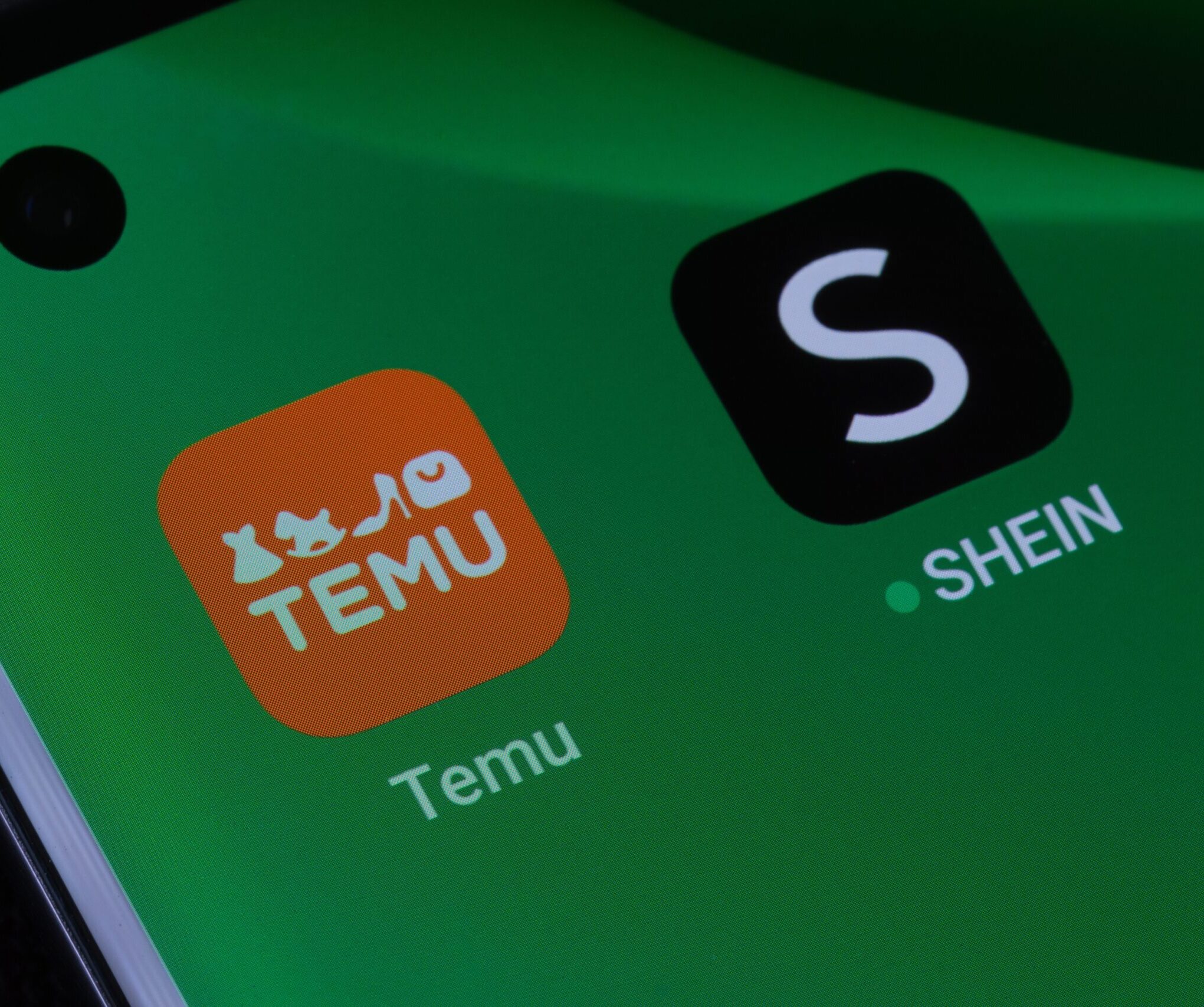Temu and Shein are among the most renowned and affordable e-commerce companies. Both companies are renowned for their rapid rise and reputation for being affordable goods. As with any other comparison, it’s essential to study the nuances of their business strategies to truly understand whether Temu is like Shein, or if both are distinct competitors in the world of e-commerce. For more information, click Shein vs Temu

The fluctuation and rise of temu
The rise of Temu to fame is definitely comparable to Shein’s meteoric rise to fame. Both businesses are experiencing rapid growth and have attracted the attention of budget-conscious consumers. Their appeal lies in the price of their products, allowing customers to look trendy without breaking the bank. Many have asked: Are Temu’s and Shein’s products made of the same material?
Similarities and Disparities
Although Temu and Shein share the common trait of offering merchandise that is wallet-friendly, they are not mirror images of each other. Temu has an innovative Next-Gen Manufacturing model, stands out for delivering substantial savings across a variety of product categories. The model uses advanced manufacturing technologies that streamline production, while reducing costs and passing the savings on to the customers.
However, Shein has gained a reputation for its fast-fashion style that focuses on clothing and accessories. Its main selling point is staying up-to-date with the latest trends and offering a variety of choices for a wide range of fashion preferences. This focus on fashion and other related verticals such as accessories or beauty has allowed Shein to carve out a niche for itself.
Business models are in the spotlight
Temu’s Next-Gen Manufacturing model deserves a closer look. By leveraging advanced technologies such as automation, data analytics and AI-driven insight, Temu improves its supply chain and manufacturing processes. They can maintain high quality while reducing production costs. Temu offers a wide range of items at reasonable prices across a range of categories ranging from electronics and home products. This differentiates them from Shein that focuses its focus on fashion and its derived products.
Although Shein does indeed cover a broad spectrum of fashion trends, its business model is built around constantly updating its inventory to align with changing fashion trends. This implies that the production, design as well as distribution cycles, need to be fast. This is a major element in its success with young audiences who are looking for new and trendy products at affordable cost.
Ownership is crucial
One question that has sparked curiosity is the possibility that Temu is owned by Shein. However, this is not the case. Despite any superficial similarities or resemblances, Temu and Shein are separate entities, with distinct ownership structures. Temu has its own online platform, and is focused on its manufacturing method. Shein is a separate brand that has a modern and stylish offering.
Takeaway
It’s easy to draw comparisons between businesses with a similar growth rate in the tumultuous ocean of ecommerce. But, the story of Temu and Shein shows that even within the similarities, the differences are deep. Their distinct approaches to production, business, and market focus highlight their individuality.
Temu’s Next Gen Manufacturing model is an example of the latest innovation in the ecommerce industry. Temu makes use of technology to improve its operations. It does this by reducing costs, but also improves the affordability of a variety of product categories. Shein’s devotion to fashion and its swift product turnover, on the contrary, solidifies Shein as a pioneer in the online fashion retail market.
Temu’s comparison of Shein illustrates the differentiating factors in the world of online shopping. Both cater to consumers who are price conscious, their strategies, business models and expertise areas diverge significantly. Temu’s experience in manufacturing and Shein fast-fashion finesse show the variety of the online ecosystem. Therefore, as shoppers and enthusiasts, let’s recognize the distinctness each of these platforms bring to the table, and continue to explore the expanding web of shopping.
